How Did Hemlines Get So Short Anyway?
We’ve had two years of micro-minis but descending hems may be a sign of the times.
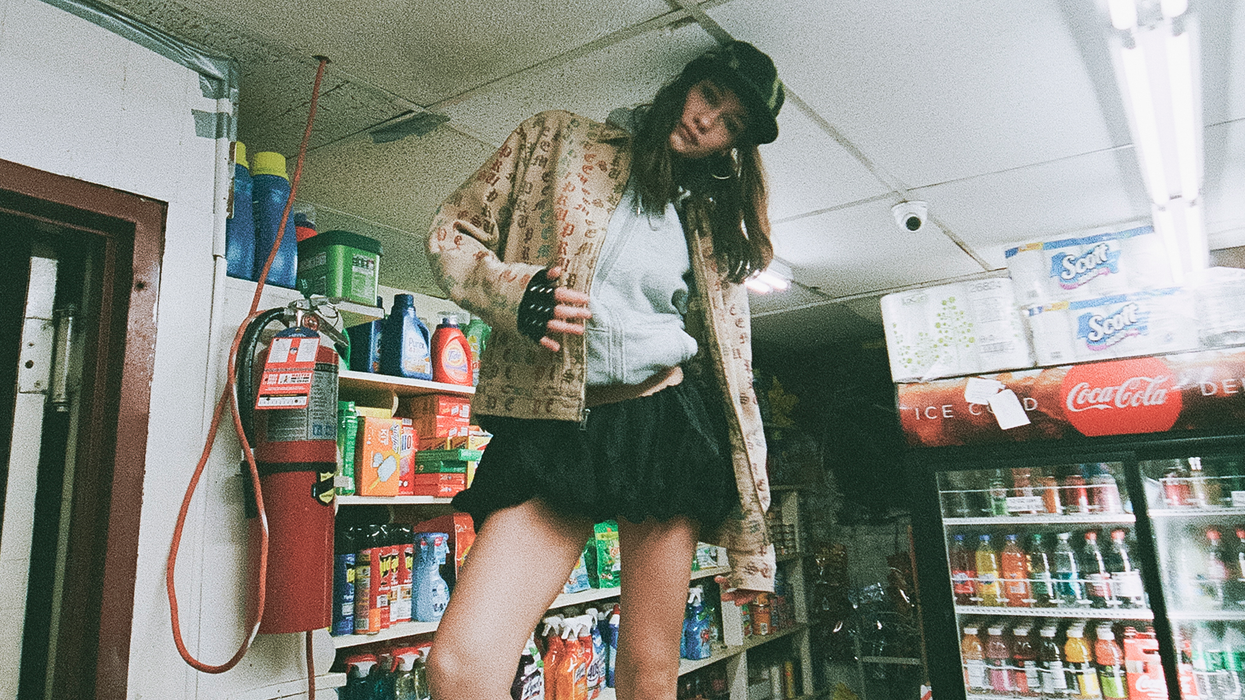
This January, celebrity stylist Molly Dickson went on record to discuss one her most Internet-breaking outfits. The client was Sydney Sweeney, the event: the 2022 MTV VMA awards, and the look: a custom crop top, and teensy-tiny skirt encrusted with crystals. Inspired by Todd Oldham SS95 (when Shalom Harlow near-bulldozed Amber Valetta off the runway), the pair called on a contemporary designer to recreate the look—Miu Miu, then newly synonymous with minis, wouldn’t mind raising the actress’s hemline an inch or two.
In the months since Sweeney’s appearance, the girls have gone much, much shorter. At the end of 2022, Kendall Jenner was photographed in jet-black stockings and…underwear. By August, Jenner would debut the new Miu Miu sequin panties (retailing at $5600). Only months later, Emma Chamberlain wore a Maison Margiela bodysuit and little else. In the meantime, other brands hopped to. Free People, Calzedonia and Mango released beaded briefs and glittery hot pants. Even affordable luxury designers like Paris-based Maje and London’s Selezza had a take. Miu Miu’s awe-inspiring micro minis now seemed like old news, the bravest girls—or women, even—were wearing underwear, only, outside.
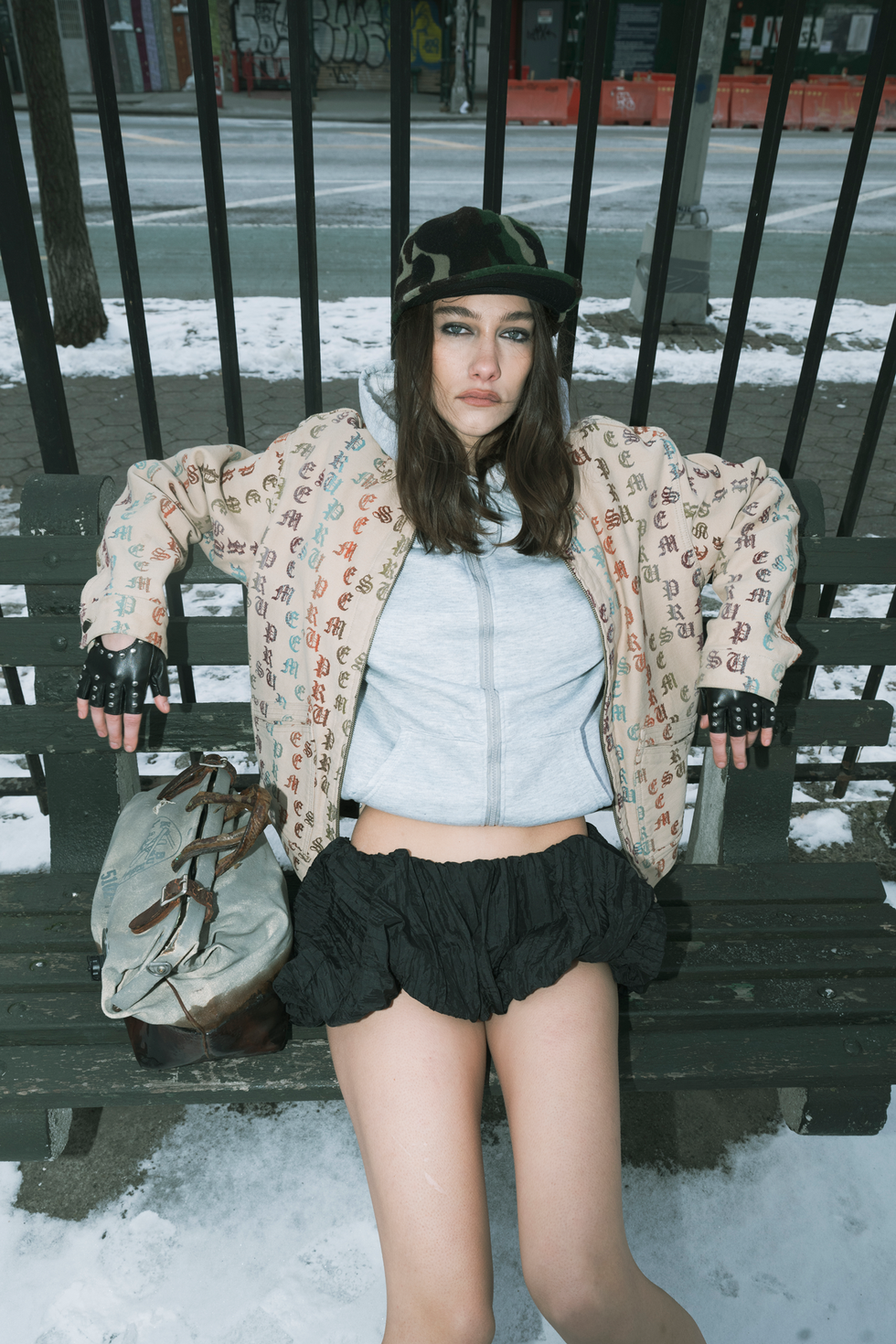
All Items Stylist’s Own

Knit, Skirt, and Bag: Fendi; Hat, Jacket, and Boots: Stylist’s Own
We might have seen it coming. The last two years saw what felt like a ubiquitous reclamation of ‘fun.’ After a year or so of the COVID caution, we embraced the triumphant return of Coachella, traveled to Europe in record numbers and watched Taylor Swift and Beyoncé shake and shimmy across the world. It’s been four years since the world sputtered to a halt, and ever since, experts have promised an impending recession of epic proportions. While the effects have already been seen amid fluctuating inflation, rising rent prices and round after round of layoffs (particularly in once-‘promised land’ industries like media and tech). In the meantime, we partied. We racked up our credit card debt. We wore everything our high school selves would not only have sneered at but—if we’re being real—branded “slutty.
If it feels vaguely familiar, that’s because we’ve seen this before. In the years after 9/11, Girls Gone Wild, American Pie and Paris Hilton saw women at their most sexual—with the outfits to match. That is, until things took a turn in 2008, ushering in what we know now as ‘Recession-core.’ The post-Vietnam economic boom of the late 70s and early 80s inspired new levels of hedonism—sex, cocaine, and soon, heroin—with body-contouring spandex styles worn by women en masse. In June 1987, the cover of the Sunday Times was a leggy blonde accompanied by the text: ‘They didn’t think the mini would make it this summer, they were wrong.’ In 1989, a stock market crash marked the end of hyperfemininity, and arrival of baggy jeans and flannels. The conclusion of World War I brought an energy so frenetic that the once austere Victorian-holdover styles were bulldozed by tiny beaded dresses. After 1929, things changed.
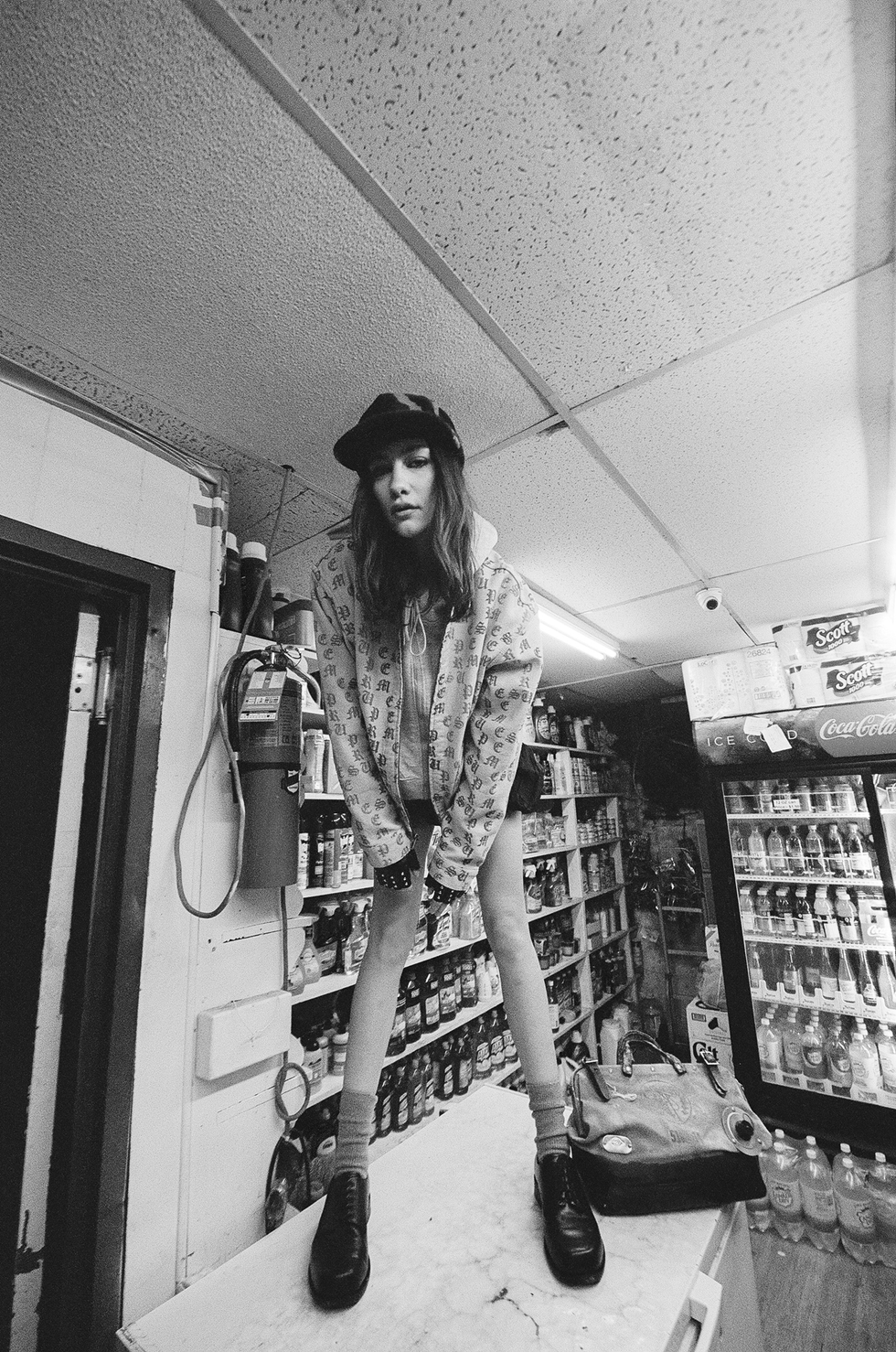
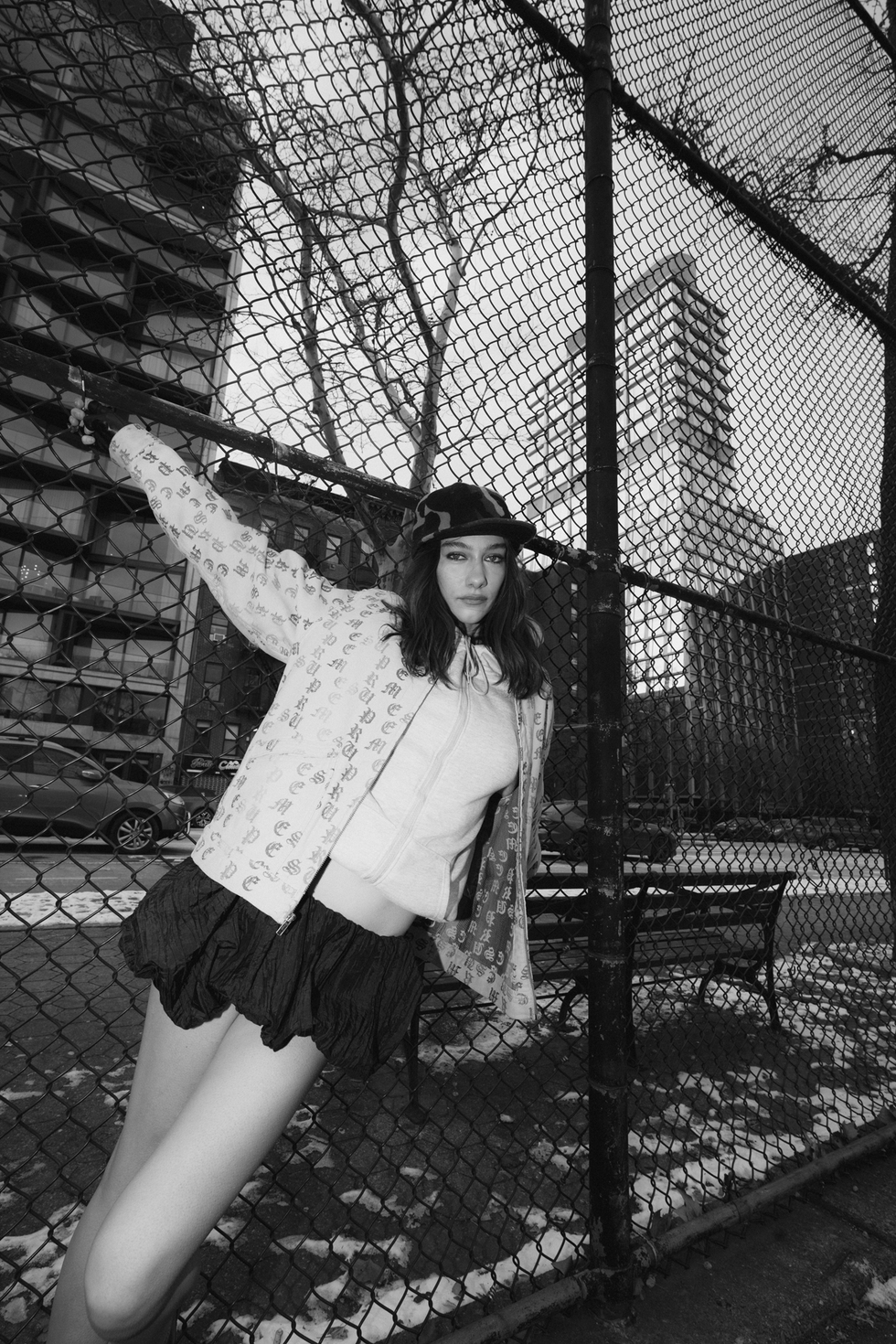
Fashion’s established pattern, now better known as ‘The Hemline Index,’ was recognized as far back as the 1960s (“Longer Midi-Skirt Could Affect Nation's Economy” declared the United Press International in 1968). What the press didn’t account for is the clear shift towards androgyny in the wake of flirtier fashion. After a decade of Charleston dancing, the economic uncertainty of the 1930s style became increasingly gender-bending. The downfall of Wall Street saw women of the early 90s embrace both flanneled grunge and power-suiting. You might remember, post-the Great Recession of 2008, indie sleaze gave way to an influx of statement blazers.
To fact-check whether or not The Hemline Index continues to hold water, I contacted Alice Janssens, a lecturer in Fashion Marketing and Management at the University of Southampton well-known in academia as a “fashion economist.”
“I’d be very surprised if we could draw a direct connection between stock market fluctuations and hemlines (academics have tried over and over with contradicting results) but the index does highlight the important link between the economy and fashion, and more generally fashion and its context,” she said over email. “Typically, the focus of fashion during a recession is on more understated outfits and high-quality items with longevity. During periods of economic boom and recession you see changes in both production patterns and consumer demand — we are a lot more carefree with our money and might buy less practical and one-off outfits. During recessions consumers have less discretionary spending power and tend to be more practical in their purchases.”
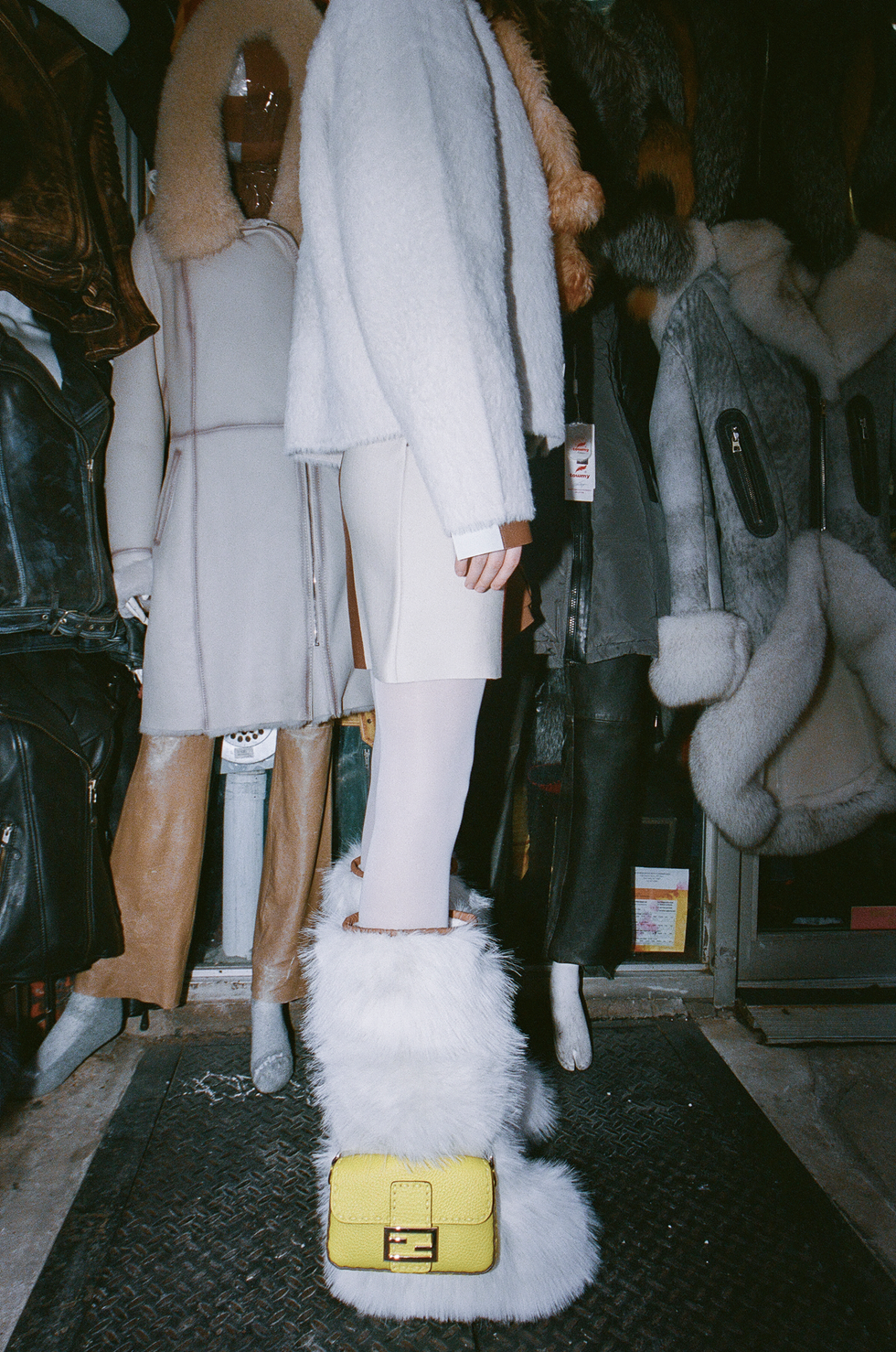
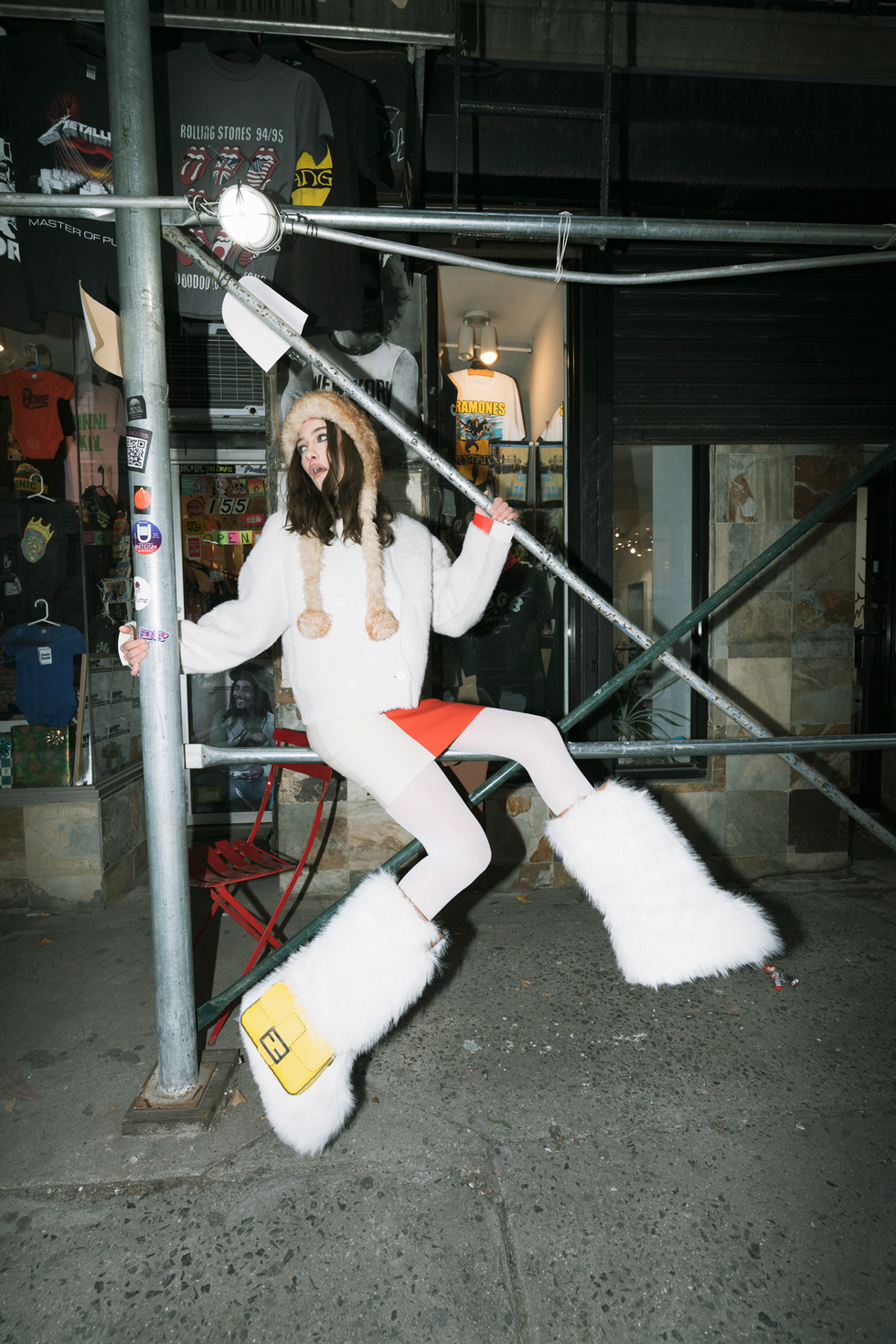
Although, she continues, perhaps recent fashion trends are better credited to the world’s physical, rather than economic, health. Not unlike the aftermath of the Spanish Flu (which killed more than 21 million people worldwide in the late 1910s), overcoming a global pandemic is cause for celebration.
“Given the dramatic changes of the past few years, I think we could probably put the hemline shifts in the context of the post-pandemic period. After loafing around in leisurewear, we wanted to return to society with a bit of fun and absurdity—two of fashion’s key traits. Perhaps we’re about to exit the celebration phase and enter back into a more practical normality?”


Just three years later, it seems our post-pandemic party is coming to an end. With trends now trickling from designer to tastemaker to consumer at break-neck speed, itsy-bitsy bottoms seem to have already burnt out. More recently, hemlines seem to have been descending down, down, past the knee to midi- and maxi-length. Trend forecasters have signaled the shift as ‘corporate-core’—a response, perhaps, to companies’ calling employees back to the office. Of course, if forced to recommit to capitalism, we may as well do so in a pencil skirt and an unnecessary pair of reading glasses.
Still, if all it took was a micro-mini to incite a zeitgeist shift so extreme women everywhere stepped out in underwear, it’s hard to gauge what the future may hold. Maybe, just maybe, there is fun to be had yet.




